Looking to stay organized and productive? This guide explores different types of planners and how they can help manage your life effectively. From structured pre-printed planners to creative bullet journals and portable options like the Hobonichi Weeks, there’s a tool for everyone. Here’s what you’ll learn:
| Planner Type | Best For | Key Features |
|---|---|---|
| Hobonichi Weeks | On-the-go planning | Compact size, weekly layouts, customizable graph paper |
| Hobonichi Cousin | Big-picture planning | A5 size, yearly/monthly/daily views, goal tracking |
| Bullet Journal | Creative flexibility | Personalized layouts, rapid logging, habit trackers |
Whether you prefer structure, creativity, or a mix of both, this guide will help you find the right planner and maximize its potential for your needs.
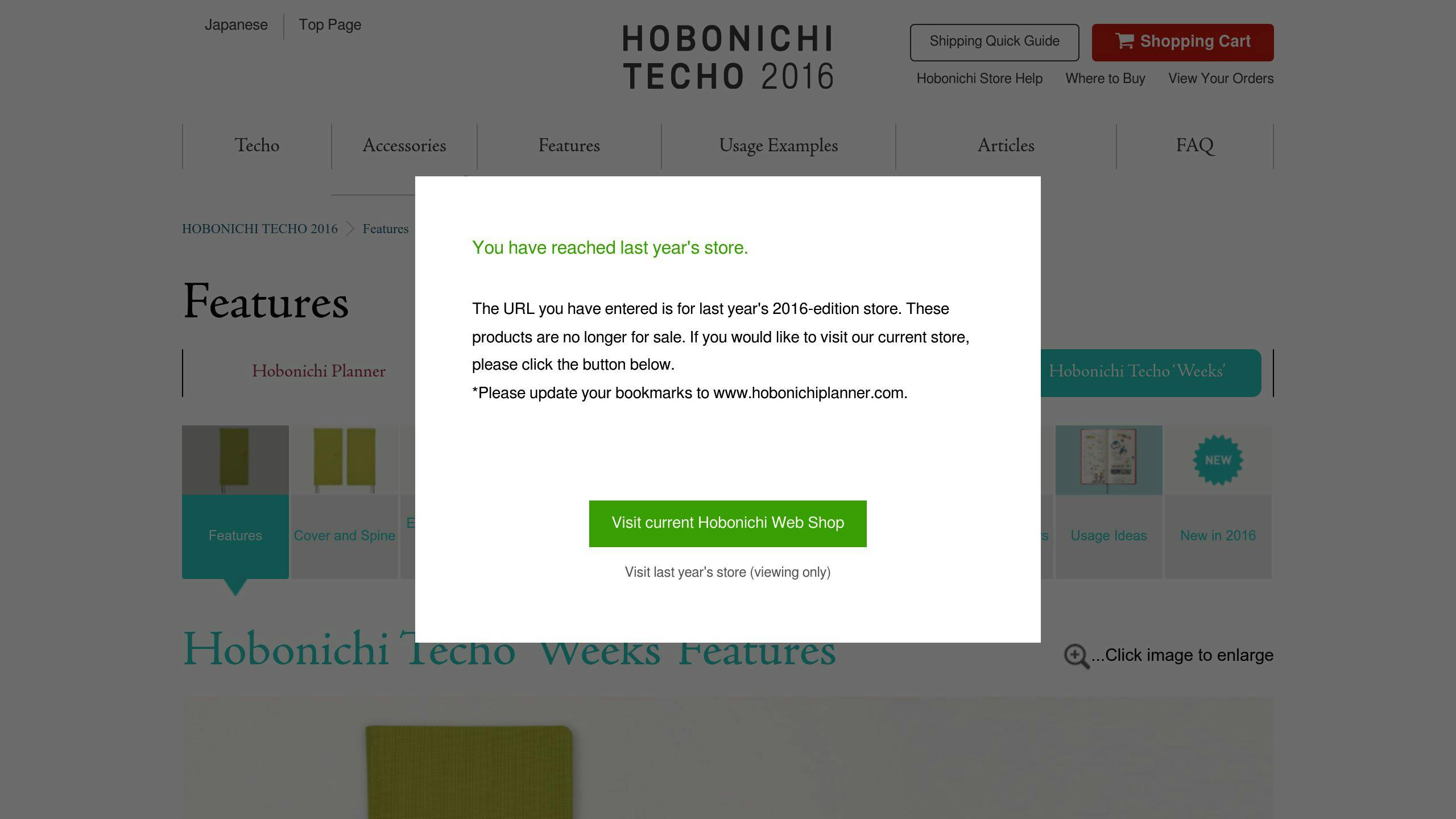
The Hobonichi Weeks is a slim, efficient planner that fits easily into your bag or pocket. Measuring just 3.75 inches wide by 7.4 inches tall and only 10mm thick, it’s designed to pack a lot of functionality into a small, portable format.
This planner combines high-quality Tomoe River paper with a practical weekly layout. On the left, you’ll find vertical daily columns, while the right side features graph paper with 3.55mm spacing. Despite being incredibly thin, the paper resists ink bleeding and offers a smooth writing experience.
| Section | Content | Purpose |
|---|---|---|
| Monthly Spreads | Calendar overview | Long-term planning |
| Weekly Layout | Vertical daily columns | Detailed scheduling |
The vertical layout is especially useful for organizing daily tasks, making it a go-to tool for structured planning.
"The cool thing about the Hobonichi Weeks is that it has a set weekly spread, but there’s tons of space for you to modify it."
To make the most of the weekly layout, you can divide each daily column into sections such as:
The graph paper on the right-hand side is perfect for customizing your planning. Use it for weekly goals, to-do lists, or tracking projects. Its grid structure helps you keep everything neat and organized.
The graph paper also works well for journaling. The subtle grid lines help keep entries tidy while allowing flexibility for creative layouts. You might use this space for:
Its compact size makes it easy to carry around, so you can jot down ideas, tasks, or reflections anytime. This planner is ideal for staying organized on the go, and if you’re looking for something to handle bigger-picture planning, stay tuned for the Hobonichi Cousin.
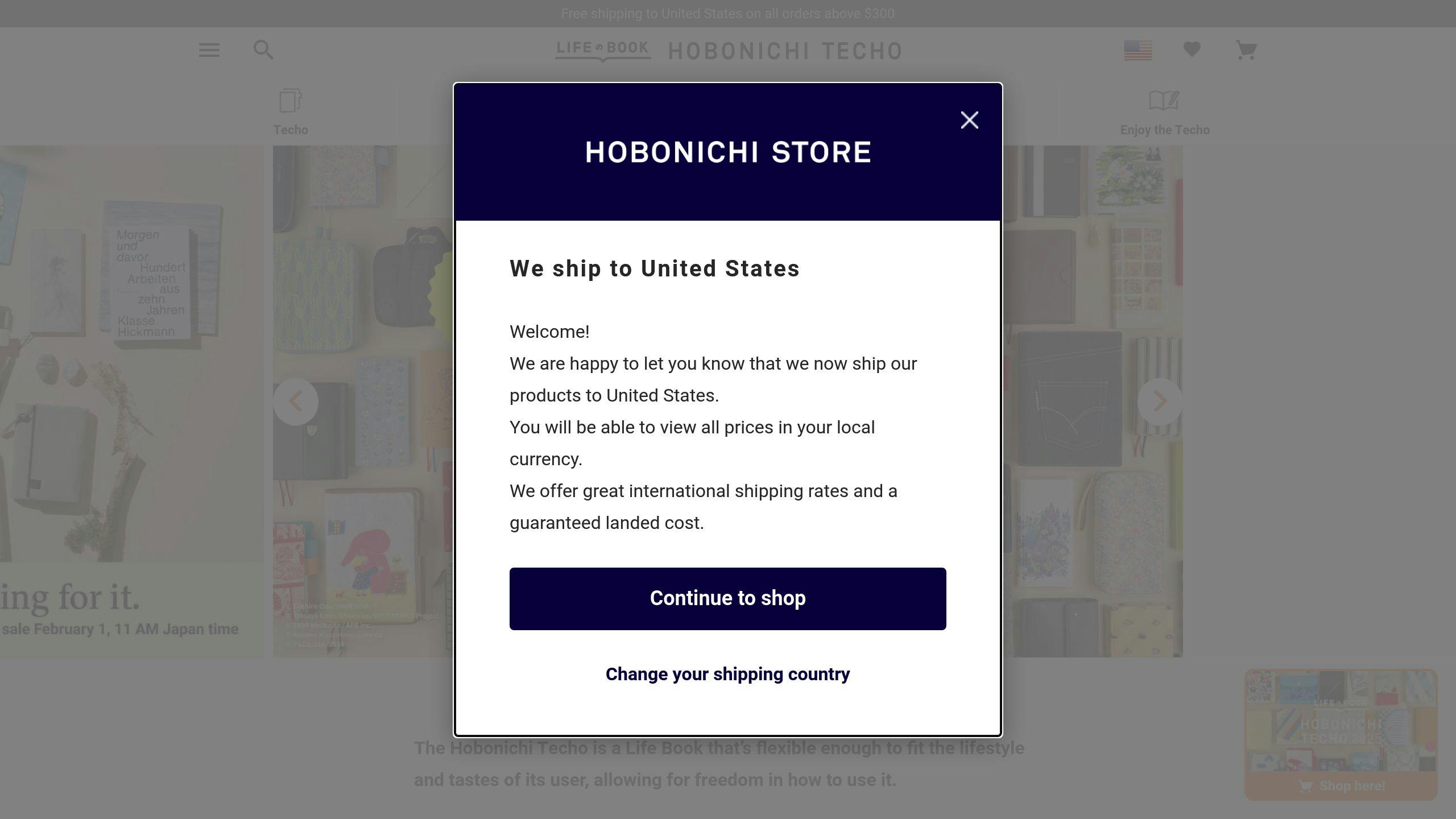
The Hobonichi Cousin offers more space for planning compared to the Weeks, while still being compact enough to carry around. At 148 mm x 210 mm (A5 size), it provides plenty of room for detailed schedules and ambitious goals.
This planner uses Tomoe River paper and includes over 500 pages, yet it stays lightweight at 660g. Unlike the portable Weeks, the Cousin’s layout is designed for more detailed planning. It combines yearly, monthly, and daily views in one system, making it ideal for organizing complex schedules.
| Layout | Purpose |
|---|---|
| Daily Pages | For detailed plans and journaling |
| Weekly Spread | Quick overview of the week |
| Monthly View | Tracking bigger goals |
| Yearly Overview | Planning long-term projects |
The daily timetable is perfect for time-blocking and tracking habits. Studies show that writing down goals increases the likelihood of achieving them, and the Cousin’s detailed layout helps you stay on track.
"The tactile experience of physical writing enhances memory and commitment to goals, making the Hobonichi Cousin particularly effective for goal achievement compared to digital alternatives."
The lay-flat binding makes it easy to use for both planning and creative activities. To keep things organized and visually appealing, try:
The Tomoe River paper works well with various art supplies, so you can personalize your planning without sacrificing practicality. Its thoughtful design and features make it a worthwhile investment for serious planners.
The bullet journal method, developed by Ryder Carroll, is a flexible way to organize your life while keeping a clear structure. Unlike traditional planners, it lets you create layouts tailored to your specific needs.
This system is built on four main principles: rapid logging, collections, migration, and indexing. Rapid logging uses a set of symbols to quickly jot down tasks, events, and notes, making it easy to stay organized.
| Symbol | Meaning |
|---|---|
| • | Task: Actionable items |
| ○ | Event: Scheduled activities |
| – | Note: General information |
| × | Completed: Finished tasks |
| > | Migrated: Moved to future plans |
| < | Scheduled: Added to calendar |
While planners like Hobonichi offer a structured approach, bullet journals are all about creating something that evolves with your needs.
One of the best parts of bullet journaling is how easily it can be tailored to your priorities. Research has shown that personalized planning can improve productivity and task completion.
Here are a couple of popular examples:
These spreads allow you to focus on what matters most, whether it’s mental health, financial goals, or something else entirely.
Start with simple layouts in a sturdy notebook and set aside time each week to update your journal. Keep your notebook and tools in a spot that’s easy to reach. On busy days, try a "minimum viable journal" approach – just log essential tasks and events. This helps you stay on track without feeling overwhelmed.
Consistency is more important than making everything look perfect. Focus on creating a system that works for you, and once you’re comfortable, you can add creative touches. Later, as you’ll see in the next section, aesthetic improvements can take your journaling to the next level.
Did you know that 78% of planner users feel more engaged when they add decorative touches to their planning systems? Adding creative elements isn’t just about looks – it’s about making your planner a tool you actually enjoy using.
Stickers aren’t just fun – they’re useful too. They can help you stay organized while adding a personal touch. Here’s a quick breakdown of how different types of stickers can work for you:
| Type | Function | Use Case |
|---|---|---|
| Habit Trackers | Keep track of routines | Weekly spreads |
| Task Markers | Highlight key items | Daily logs |
| Headers | Organize sections | Monthly layouts |
| Decorative | Add visual interest | Fill empty spaces |
For lasting results, choose high-quality stickers that won’t peel or fade. If you’re into temporary designs, washi tape offers flexibility and can be just as creative.
Washi tape is a game-changer for creating borders, dividers, or even quick pops of color. Layer different patterns for a custom look. For writing and artwork, try these tools:
"Decorating my planner isn’t just about making it pretty – it’s about creating a space that inspires me to be productive and creative every day." – Amanda Rach Lee, YouTuber and Planner Enthusiast
Even small creative upgrades can make a difference. Personally, adding artistic touches boosted how often I used my planner by 35%.
Planner expert Kara Benz suggests following the "80/20 rule": dedicate 80% of your planner to functional elements and the remaining 20% to decorations. This ensures your planner stays useful while still being enjoyable to look at.
Short on time? Add simple accents like stickers or a strip of washi tape to your daily pages. While creativity can elevate your planning experience, always prioritize functionality to keep things practical.
Using multiple planners together creates a productivity system where each tool serves a specific purpose. When combined thoughtfully, these tools work together to cover all your planning needs. The key is to use them in a way that complements each other.
The real magic lies in how you mix and match these tools to suit your lifestyle. Here’s a simple way to get started:
Begin with one planner and add tools as needed:
| Starting Planner | What to Add Next |
|---|---|
| Basic journal | Try adding trackers after a month |
| Weekly planner | Include monthly views |
| Digital calendar | Use a paper daily log |
As you get comfortable with daily planning, consider layering in weekly and monthly views. Over time, your planner system can become your go-to tool for staying organized.
"A good system shortens the road to the goal." – Orison Swett Marden, Founder of SUCCESS magazine
Stick to the daily review habit (5-10 minutes) mentioned earlier, and don’t be afraid to try new approaches. Your planning system will adapt as your needs change, so treat this as an ongoing process. Flexibility is key to finding what works best for you.
Stickers Made for Planning
Our custom stickers are a fuss-free way to brighten up your planner pages with perfectly-sized designs that add a spark of personality to every layout.
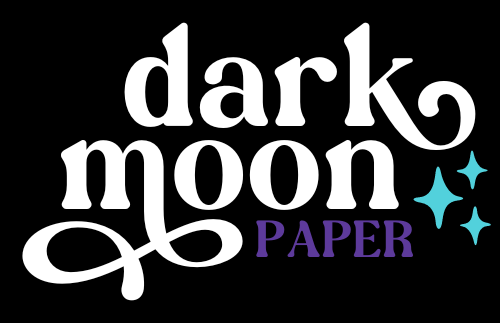
Why use planner stickers?
Planner stickers make organizing easy, fun, and personal! Add color, creativity, and structure to every page, transforming your planner into a tool that reflects you. Perfect for tracking, decorating, and staying inspired daily!
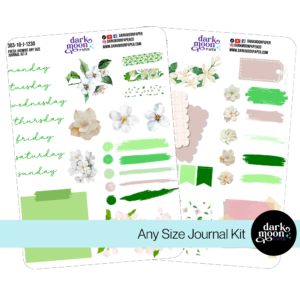
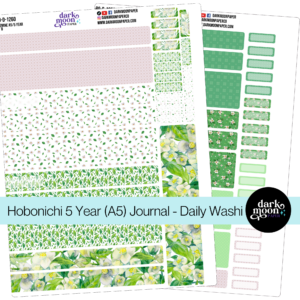
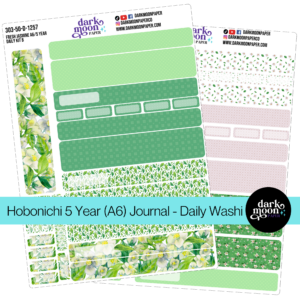
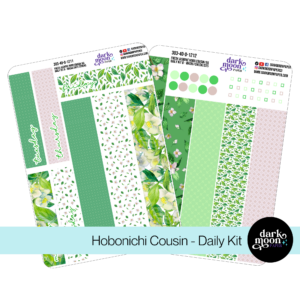
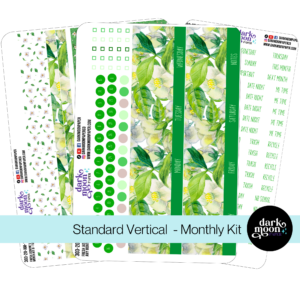
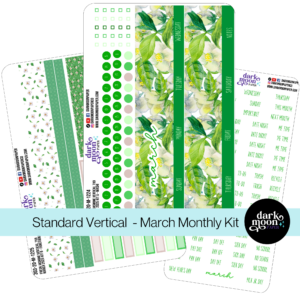
Hello and welcome!
I’m Rachael Snow, a lifelong artist and entrepreneur, and I started Dark Moon Paper to blend my love of art, technology, and the mysterious beauty of the world around us. My sticker kits are meant to set the mood, tell a story, and give you a little escape from the ordinary.
I work from my cozy studio tucked away in the beautiful woods of Oregon, surrounded by nature and a dark night sky full of stars.